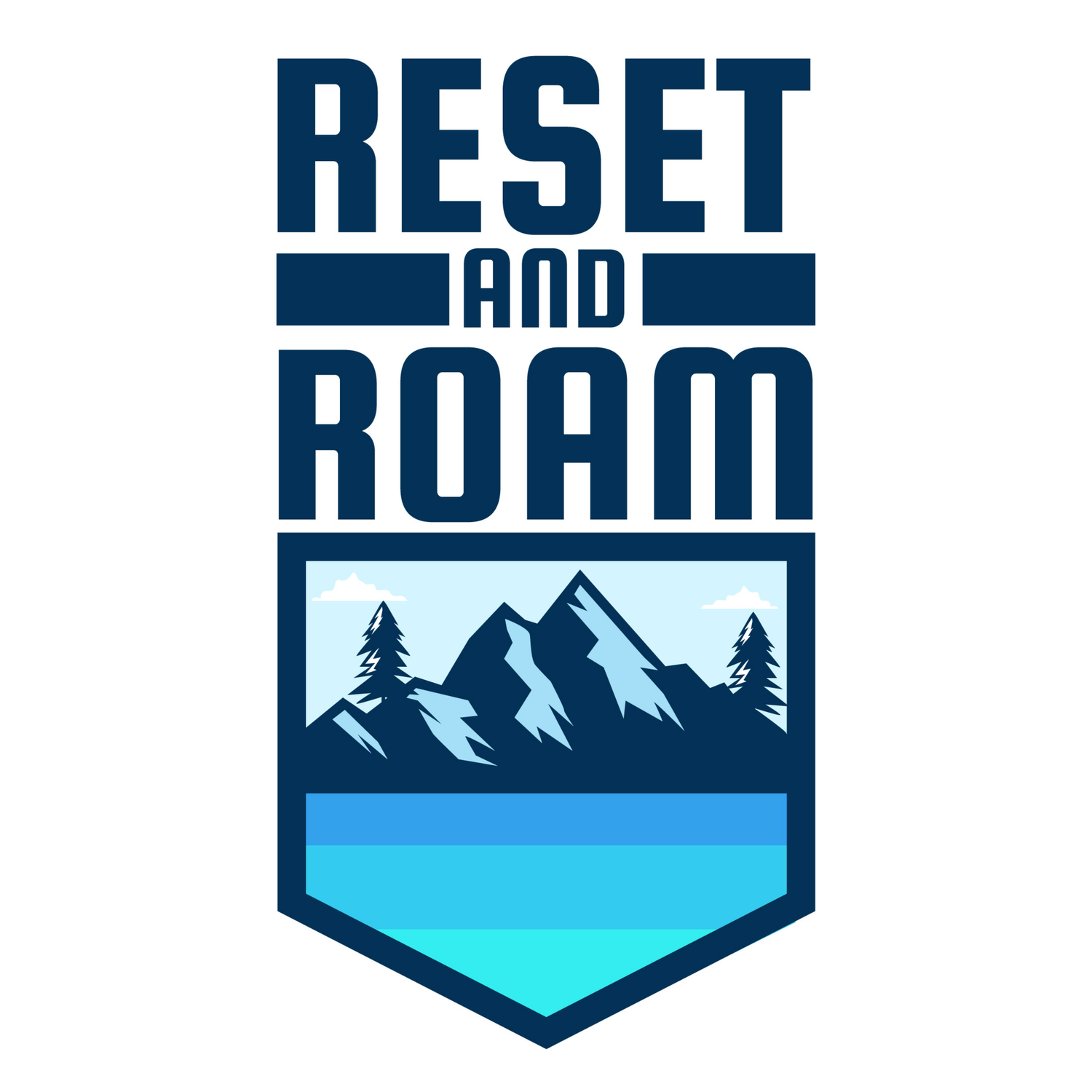The Foundation of Fitness – Building a Plan to Align with My CPAP-Free Goal
In 2013, I woke up struggling to breathe. My wife at the time rushed me to the ER, where they clipped an oxygen sensor to my finger and found my levels were dangerously low. A blood test confirmed the same. What followed was a whirlwind of tests, doctor visits, and a worsening condition that left me sicker by the day. At one point, the doctors told my wife that I likely wouldn’t survive the year.
During this period, I was diagnosed with sleep apnea, along with other things. But an odd pattern emerged—when winter arrived, all my symptoms disappeared. Before this all began, I had fought a fire where chemicals had burned inside a storage shed. It’s believed that this exposure sent my immune system into overdrive, triggering allergies I never had before. When winter came and allergens in the air dropped, my breathing issues vanished—only to return with the seasons. The sleep apnea, however, never left.
At the time, my weight had also ballooned to 289 lbs, the heaviest I had ever been, further compounding my sleep apnea issues.
The Goal: Ditching the CPAP
Since then, I’ve worked my way off nearly all allergy medications—except for one. Now, my focus is clear: I want to get rid of my CPAP machine. That machine has been part of my life for far too long, and while I’ve become dependent on it, I know my body is capable of functioning without it. Every time I’ve tried ditching it cold turkey, my sleep quality has plummeted. The difference is noticeable.
I’ve spoken with both my sleep doctor and personal doctor, and they’ve outlined different benchmarks to determine when I can get another sleep study to see if I can officially part ways with my CPAP:
Sleep Doctor’s Benchmark: My BMI must drop below 32 before we even begin discussions. (Currently, I’m at 32.5.)
Personal Doctor’s Benchmark: My weight needs to hit 215 lbs with a body fat percentage of 15%.
To me, the BMI goal is the starting point, while the 215 lb goal is the finish line.
The Plan: Training My Body to Breathe Better
Now, I’m not a doctor, but here’s my basic understanding: Sleep apnea happens when soft tissue in the throat collapses during sleep, blocking airflow. To prevent that, I need to lose fat in my throat and strengthen my breathing muscles.
Unfortunately, I can’t target fat loss in just my throat—I have to lose fat everywhere. That means focusing on total body fat reduction while strengthening my airway muscles through breathwork and mobility exercises.
At 46 years old, I don’t recover like I did at 26, so I have to be strategic. Plus, my fitness plan needs to align with my other 50 by 50 goals—especially my hiking and scuba diving ambitions. That’s why I’ve broken my approach into three parts:
1. Functional Fitness
I need my workouts to prepare me for real-life activities, not just make me look good in the mirror. My plan needs to improve my endurance for hiking and my strength for scuba diving.
The Program: MTNTOUGH – This workout program is built for backcountry athletes, including hunters and special operations personnel. What I love about it is that it eliminates excuses. Whether I have access to a full gym or just my body weight, there’s always a workout I can do—perfect for my frequent travel.
2. Mobility
The older you get, the stiffer you get. A strong body is useless if it’s locked up and prone to injury.
The Plan: Yoga – I used to think yoga was some easy, spiritual practice. Then I actually tried it. I was dead wrong. Yoga is a serious workout for serious people. Not only does it help lengthen and strengthen muscles, but the breathwork also strengthens my breathing muscles—which is critical for reducing sleep apnea.
3. Recovery
This is non-negotiable at my age. Over 40% of my weekly training is focused on recovery. I’ve learned the hard way that going all-out every day without prioritizing recovery only leads to burnout and injuries.
The Plan: Infrared Sauna (Nurecover) – On Mondays and Fridays, I sit in my Nurecover infrared sauna for 15–25 minutes to increase blood circulation, loosen sore muscles, and speed up recovery. On Saturdays, I fully rest—focusing on hydration and doing nothing.
My Weekly Training Plan
Monday – Recovery Focus: Nurecover Sauna
Tuesday – Functional Fitness: MTNTOUGH
Wednesday – Mobility: Yoga
Thursday – Functional Fitness: MTNTOUGH
Friday – Recovery Focus: Nurecover Sauna
Saturday – Full Rest
Sunday – Mobility Focus: Hot Yoga
Progress Over Perfection
Since starting this plan, I’ve dropped my body fat percentage by 3% and lost over 15 lbs. But let me be clear—it hasn’t been smooth sailing. I’ve missed days. I’ve made excuses. But I do what I can. I’m sure I’ll continue to tweak the plan as I learn more.
At the end of the day, I think it’s important to choose progress over perfection. In my head, I just remind myself:
"Keep moving and do your best."
There’s no guarantee this will get me to my goal—but I’m willing to try. And if all I get out of this is feeling stronger, healthier, and more confident? I’ll take it.
Resources I Use in My Training
Nurecover Infrared Sauna – If you want to give Nurecover a try, get 10% off your order by using this link: https://www.nurecover.com/discount/CHRIS00802
MTNTOUGH Training Program – The program I follow for functional strength and endurance. Learn more at www.mtntough.com.

